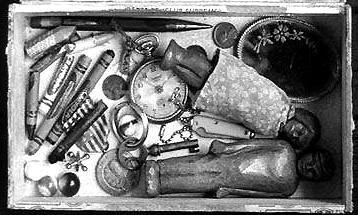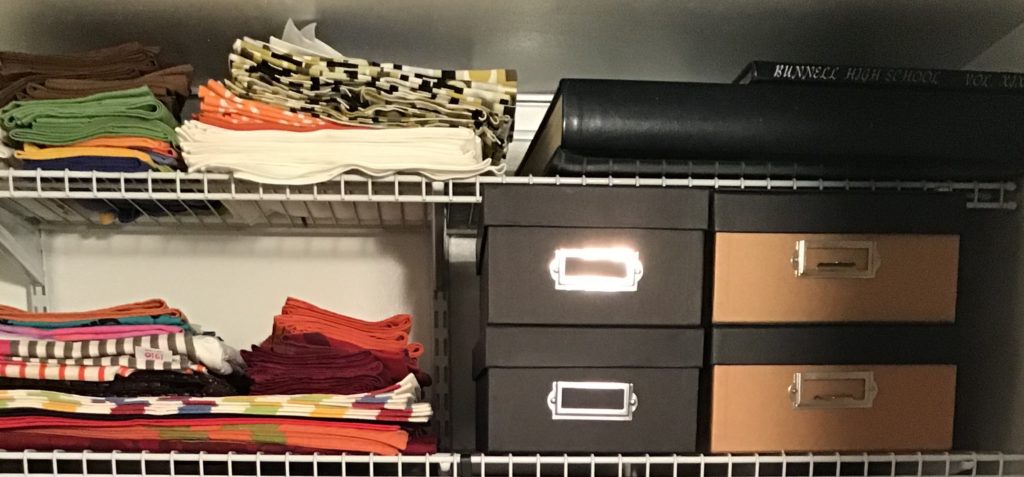If you are in the throws of decluttering, it’s likely you’ll get stuck. This is because you can’t decide what to keep or go. Just the thought makes the inside of your brain feel like this:
You are probably thinking something along these lines…
- But my best friend gave it to me (even though it’s not really me).
- I spent a lot of money for this five years ago, I can’t just get rid of it!
- It’s useful but I just don’t have a use for it now. Maybe I should hold onto it, just in case.
- It may be worth something!
- But it belonged to my grandmother!
- I may need it someday.
- I can’t think about this now, I’ll deal with it later.
This is what really happens when we start to declutter. It’s not about the stuff. It’s about how we think about the stuff.
Decluttering is hard! It’s physical, mental and emotional
Stop beating yourself up for not having done it. The key is knowing what questions to ask yourself when you are considering whether or not to keep something.
Here are a few questions to consider next time you are facing a pile of donatable stuff that you want to declutter. The most important of these is… Do I love it? Always err on keeping something you truly love. Knowing what you love is a good litmus test for everything else.
- If I saw it again in a store, would I buy it?
- If it suddenly disappeared would I miss it?
- Does it bring up bad memories?
- Do I use it now or at least once a year?
- If I saw it at a thrift job would I pay a $1 for it? If not, toss it.
So what’s your decision? Keep, Donate or Toss?
What’s your decluttering personality? Stay tuned for my next post.










 Toys and Childhood Memorabilia
Toys and Childhood Memorabilia

